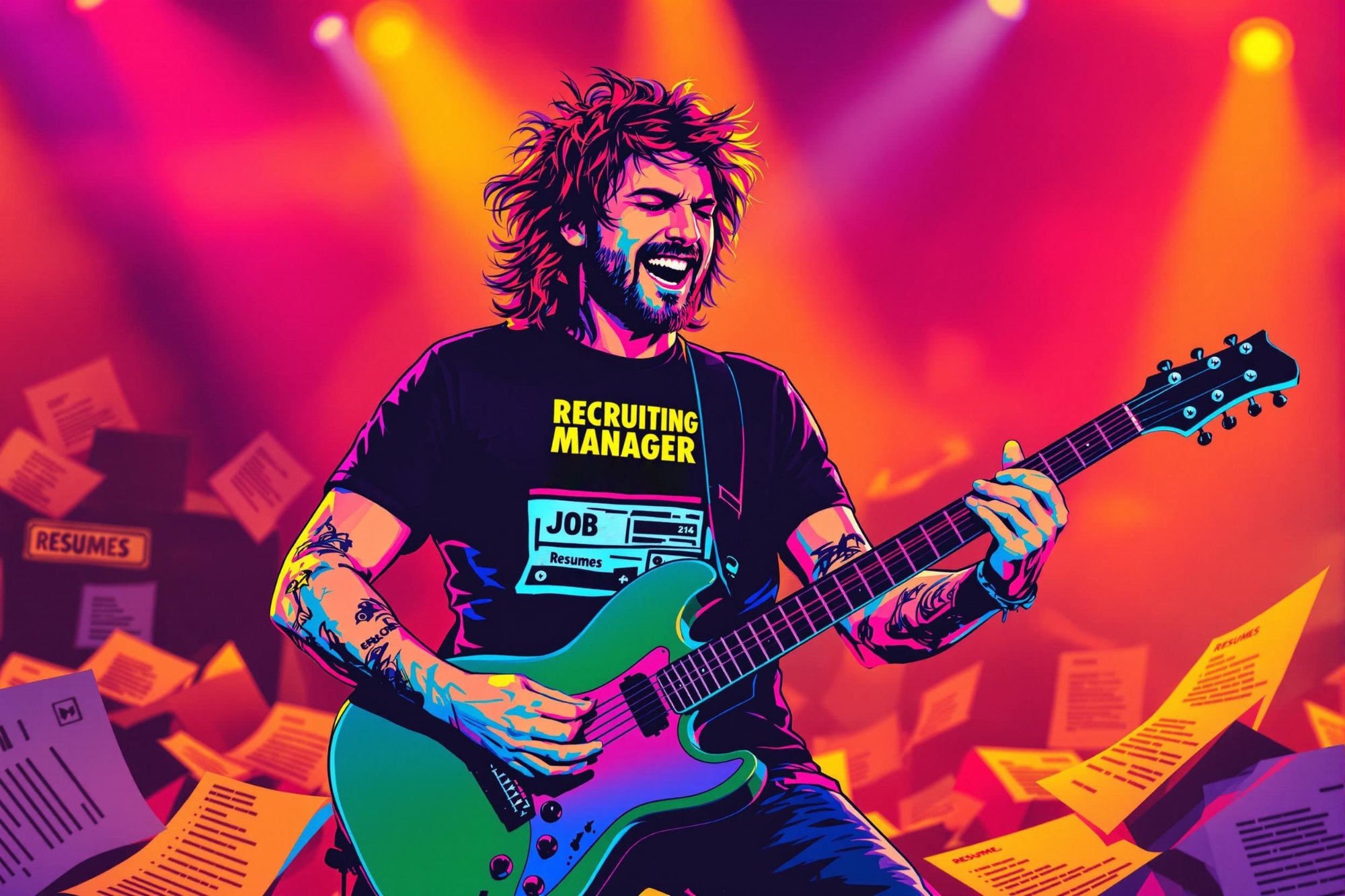
Dance Captain
A Dance Captain is a leadership role in dance productions, theater shows, and entertainment venues. They work alongside choreographers and directors to maintain the quality and consistency of dance performances. Think of them as a quality manager who ensures all dancers perform the routines correctly and in sync. They often teach new cast members the choreography, lead rehearsals when the main choreographer is absent, and help resolve any dance-related issues during performances. This role requires both strong dance skills and leadership abilities, similar to how a team supervisor would manage and train their staff.
Examples in Resumes
Served as Dance Captain for national tour of 'Chicago', leading daily warm-ups and maintaining choreography for a cast of 24
Dance Captain and performer in Royal Caribbean cruise productions, teaching choreography to new cast members
Assistant Dance Captain for Las Vegas production show, conducting rehearsals and documenting choreography changes
Typical job title: "Dance Captains"
Also try searching for:
Where to Find Dance Captains
Professional Organizations
Job Boards
Industry Networks
Example Interview Questions
Senior Level Questions
Q: How would you handle a situation where multiple performers are consistently struggling with a particular section of choreography?
Expected Answer: A senior dance captain should discuss their approach to breaking down complex choreography, implementing additional rehearsals, and working with individual dancers while maintaining the show's schedule and quality.
Q: How do you manage teaching choreography to new cast members while maintaining your own performance schedule?
Expected Answer: They should explain time management strategies, delegation skills, and methods for efficient teaching while balancing their own performing duties.
Mid Level Questions
Q: How do you document and track choreography changes throughout a show's run?
Expected Answer: Should describe systems for recording changes, communicating updates to cast members, and maintaining consistency across different casts or performances.
Q: What's your process for preparing to teach choreography to new cast members?
Expected Answer: Should explain their preparation methods, teaching techniques, and how they adapt to different learning styles.
Junior Level Questions
Q: How do you maintain the quality of choreography during a long-running show?
Expected Answer: Should discuss basic methods for keeping performances fresh, regular clean-up rehearsals, and attention to detail.
Q: What experience do you have in leading warm-ups and maintaining cast morale?
Expected Answer: Should demonstrate understanding of basic warm-up techniques and experience in supporting fellow performers.
Experience Level Indicators
Junior (0-2 years)
- Strong dance technique in multiple styles
- Basic leadership experience
- Ability to learn and remember choreography quickly
- Good communication skills
Mid (2-5 years)
- Experience teaching choreography to others
- Ability to run rehearsals independently
- Strong problem-solving skills
- Knowledge of injury prevention
Senior (5+ years)
- Extensive show experience
- Advanced leadership and conflict resolution
- Ability to manage multiple casts
- Emergency choreography modification skills
Red Flags to Watch For
- Limited dance training or performance experience
- Poor communication or leadership skills
- Inability to work well under pressure
- Lack of experience with different dance styles
- Poor time management skills
Related Terms
Need more hiring wisdom? Check these out...

When Job Ads Dance: Why Your Next Hire Might Come From a 20-Second TikTok

Unlocking Team Potential: Personality Mapping for Dynamic Management

The Art of Selecting Great People: A Leader's Most Critical Skill

